Ómós Digest #52: Drop Everything Highlights
More than just a féile - an unforgettable experience
Let’s face it. The Irish know how to throw a party. Our summers are awash with so many festivals it's hard to know where to pledge your allegiance, let alone plan a holiday abroad. Following the extraordinary experience that was Drop Everything (a biennial festival on the island of Inis Oírr), I can confirm where my heart lies. Having only been to the Aran Islands of Inis Méain and Inis Mór in previous excursions, catching sight of Inis Oírr knocked me for six. Glistening blue waters and a white sandy beach gave way to rolling sand dunes, with waving ferns looked upon by an ancient cemetery. Perched on the island's apex is a castle (the island's custodian) which is said to be yours for €500,000. Seeing the little village located on the eastern shore reminded me of my expedition to the Faroe Islands in the North Atlantic. Just like Inis Oírr, large planes of the islands are left uninhabited, while the wondrous waterfalls of the Faroes are replaced by the equally dazzling dry stone walls that twist and turn throughout Inis Oírr.
Approaching the picturesque peer, the captain expertly steered the vessel parallel to its respective side walls, leaving a daunting gap to which our pots, pans, equipment and, most importantly, the food would be passed over. Alas, only one casualty flew into the wind - a skib basket which I imagine by now, a seabird has made into a useful dwelling. On land at last, we were met by a smiling man named Míchael Ó Conghaile - one of the island's many Ó Conghailes. Forgive such a presumptuous statement but it seemed to me that everyone's surname was Ó Conghaile (a thought later affirmed by the sight of Ó Conghaile above both the local pub and shop). Míchael’s was the first of many jovial exchanges with the locals who, despite my doubt, were delighted to welcome us to the island. In the van, eager to prove my worth, we spoke Irish, doing my very best to put on the thickest of Connemara accents I could possibly muster, desperately trying to fit in. Alongside us was a newfound travelling comrade and musician Patrick O’ Laoighaire, who I had met on the boat. Patrick had spent 5 weeks of the previous year on the island and became well versed with the locals. Following our bag drop, Patrick offered to show me the lay of the land, journeying to the most western tip of the island and home to the site made of limestone and shale for the staging of a Beckett play the year previous.
That walk with Patrick will stay with me. Two hours with a man I had never met, a conversation which ebbed and flowed in full (broken) Irish, both of us aiding each other when our vocabulary fell short. During this exchange, the word relationship (‘caidreamh’ in Irish) came up more than once. ‘Tá caidreamh álainn idir muid’ refers to a lovely relationship between us, them, space, and what could not be seen but felt. The relationship with our language, craft, land, people and loved ones. Although we found this direct translation to be fitting, when describing how one feels about someone else, the term ‘Tá siad mór le chéile’ was all the more appropriate. Mór means big, resulting in people feeling big about one another. I like that.
Mary Nally, Drop Everything’s chieftain, had gathered a collective of individuals hell bent on making this utopia a place of unison. When an artist performed or an event was taking place, that was the only act carried out. This resulted in 250 attendees and participants convening and placing maximum respect on the performance. It established a feeling of community and interconnectedness. Performances took place throughout the length and breadth of the island, each one unique to the next. There were DJ sets, céilís, readings, exhibitions, dancing and sean nós by the legend John Francis Flynn. Over the pandemic, the youngest inhabitants of Inis Oírr, developed a passion for skateboarding and in a beautiful ceremonial act, Philip Halton and his team from Goblin Skateboard Magazine, unveiled a skate ramp they had tirelessly built over the week. It shone light on the festival's relationship with this island. I was also enamoured by Sharon Greene and co’s (no relation) display of the Love life, Island Wreath “An Tairseach” , inspired by the late Fiona Cribben and made using foraged material found on the Island.
When it came to cooking, it was no easy task. As mentioned in article #50, I wanted to cook food that was most available during a formative period of my childhood when I visited Connemara. Seafood, potatoes, crustaceans and wild herbs that grew along the rocks was the food which sustained our hunger. Even though this food is simple, I had never cooked for so many people simultaneously. Not to mention, our kitchen was effectively a windswept sandpit. However, with the help of a few borrowed palettes, a fire or two, the freshest produce and a couple of able bodies, fine nourishment was in near sight. Crabs, langoustines, mussels and clams were ‘dropped’ into a boiling liquid summoned from their own juices before being smothered in a spiced garlic butter sauce. A spicy Galwegian merguez sausage from Herterich's, with wild herbs foraged that morning, was accompanied by a fire-baked potato and sweetcorn. For those who didn't eat fish, we served steamed matzo balls spiked with caraway, dillisk seaweed and finished in an acidic broth with beach rose, which grew wild all over the island. At the time of sourcing matzo crackers, none were to be found in such quantity and so we successfully trialled a recipe replacing them with crushed Jacob’s Cream Crackers. A culinary first I shall be repeating. Following our seafood feast, Harpist Róisín Berkeley performed on the Pavillion, which effortlessly transformed from dining room into stage, looking over the bay. Eloquent and restrained, Róisín captured the essence of the island; the beauty of her craft and the sound of her harp echoing out to sea. It was an out-of-body experience for us all. The perfect digestion.
Post festival, I have been repeatedly asked what Drop Everything is and who it’s for. To be frank, prior to attending, I wasn't sure. What I knew was that Inis Oírr was an exceptional place with extraordinary culture, and I would later understand that the festival's attendees were extraordinary in their own right too. Only yesterday I attended the profoundly informative and inspiring Dublin Gastronomy Symposium, a conference run by TUD Dublin. The conference united a collection of speakers from around the world to convene and discuss their interpretation of food and movement (or a subject I interpreted as: where food is today and where food must go). Each talk was hugely fascinating and I urge you to delve into the papers and manuscripts. However, there was one ‘performance’ that truly embodied why a festival like Drop Everything is so significant. The academic, Gaeilgeoir and author of The Irish Edge, Finbarr Bradley, spoke about the importance of meaning. He firmly believes that despite the status quo, the competitive edge Irish enterprises possess is fostered by authenticity, integrity, responsibility and sustainability. Within this process of thinking comes authenticity. When you come from a genuine place of authenticity, success will be achieved. Rather than making stuff, having things, needing, wanting and focusing on growth, the emphasis should be placed on making sense, flourishing, caring, loving and being. At the end of the day we are human beings, not human doings or needings. Now when I’m asked what Drop Everything is, I answer: it's a transformative festival full of meaning and a place that is fully committed to the environment, fuelled through generosity and understanding between people and place.

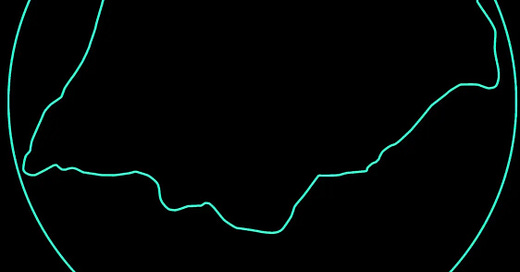



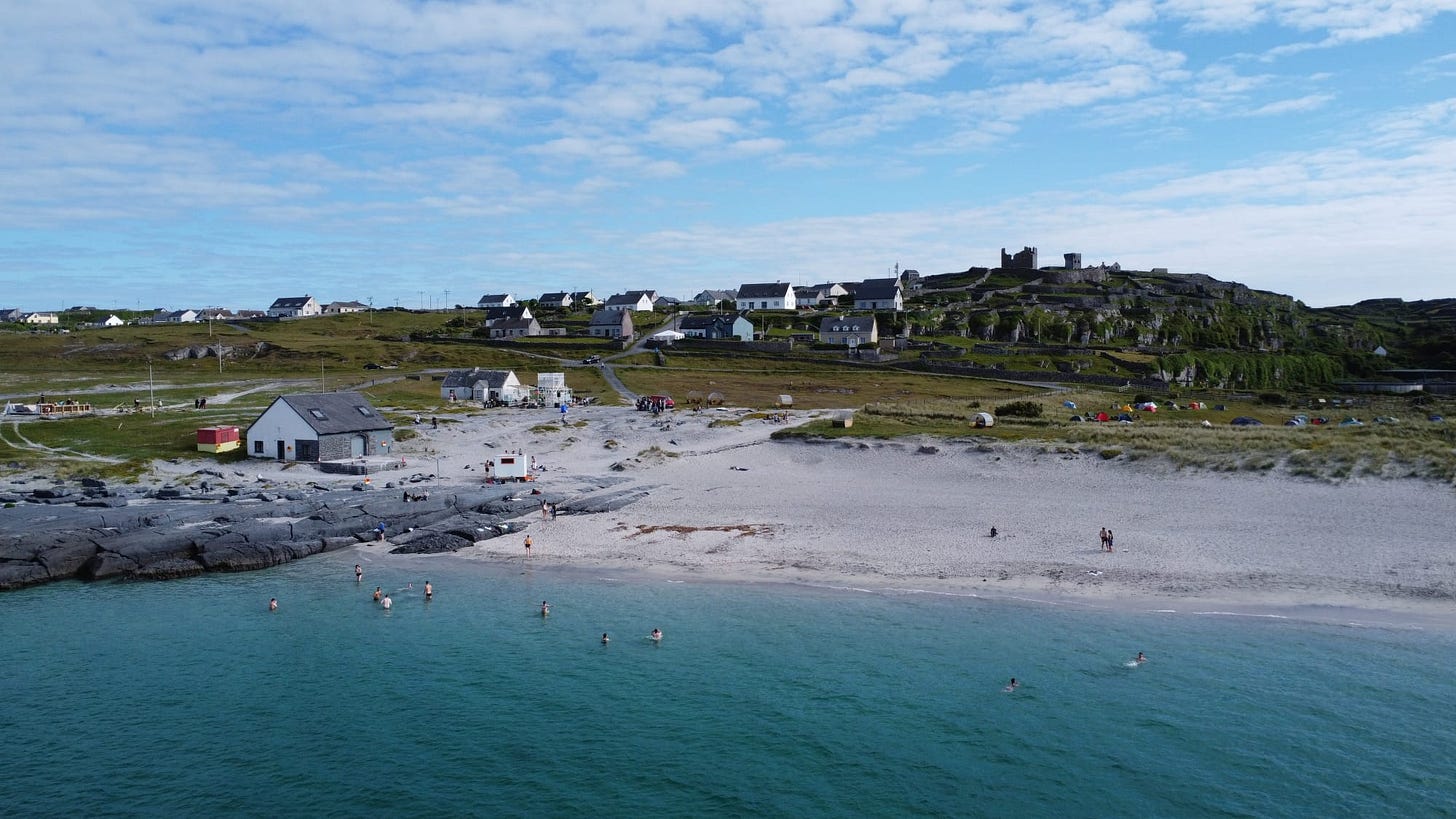
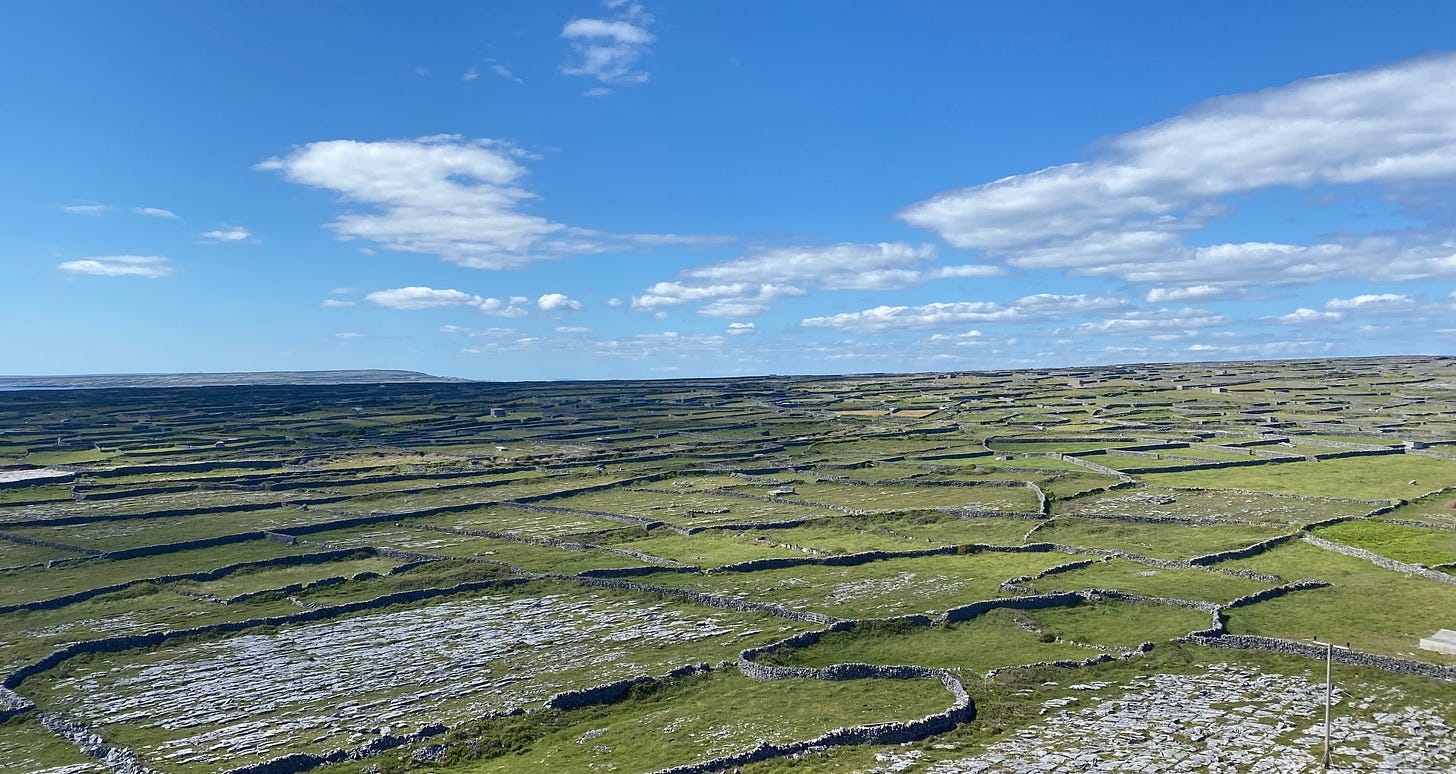
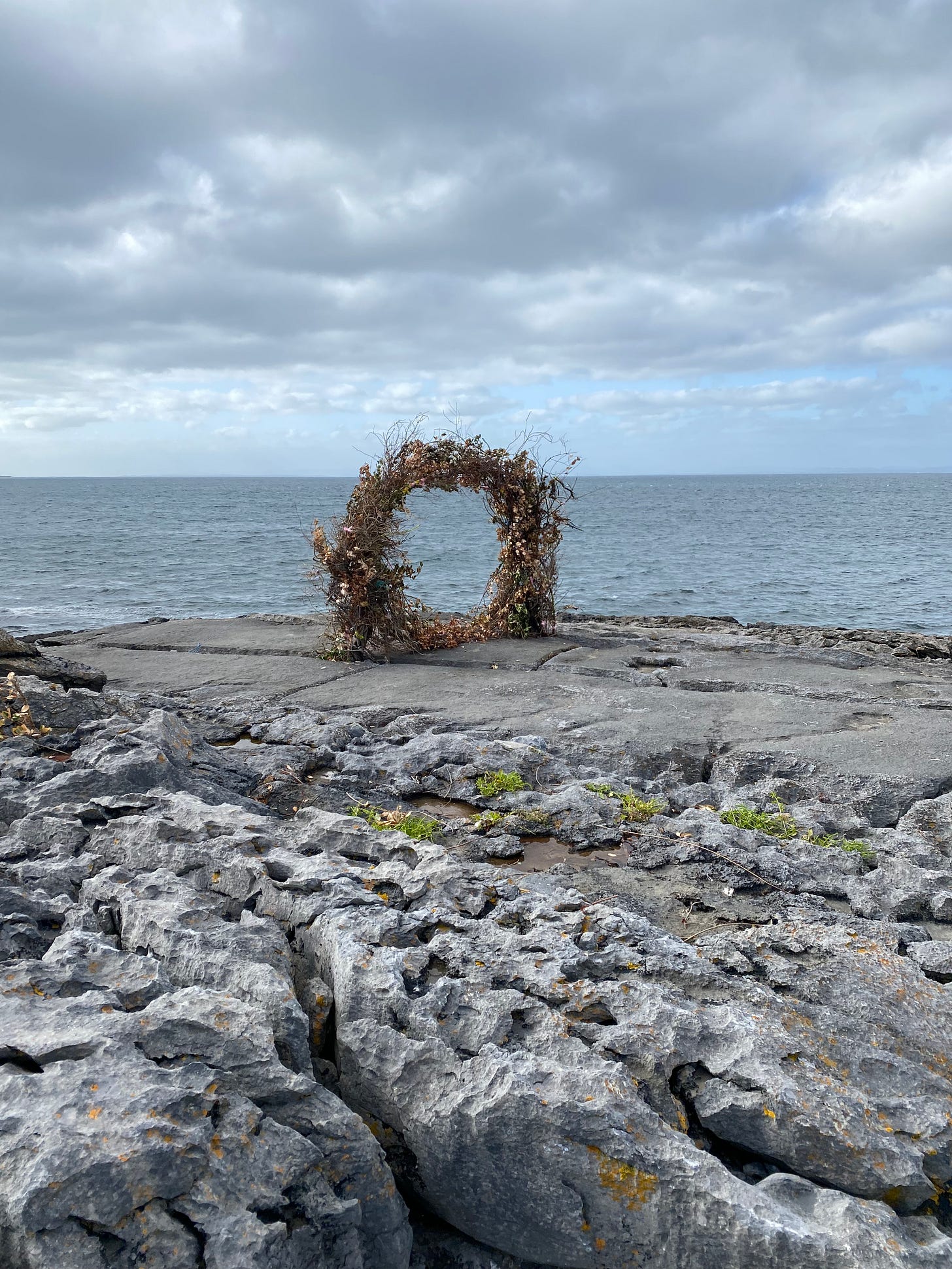

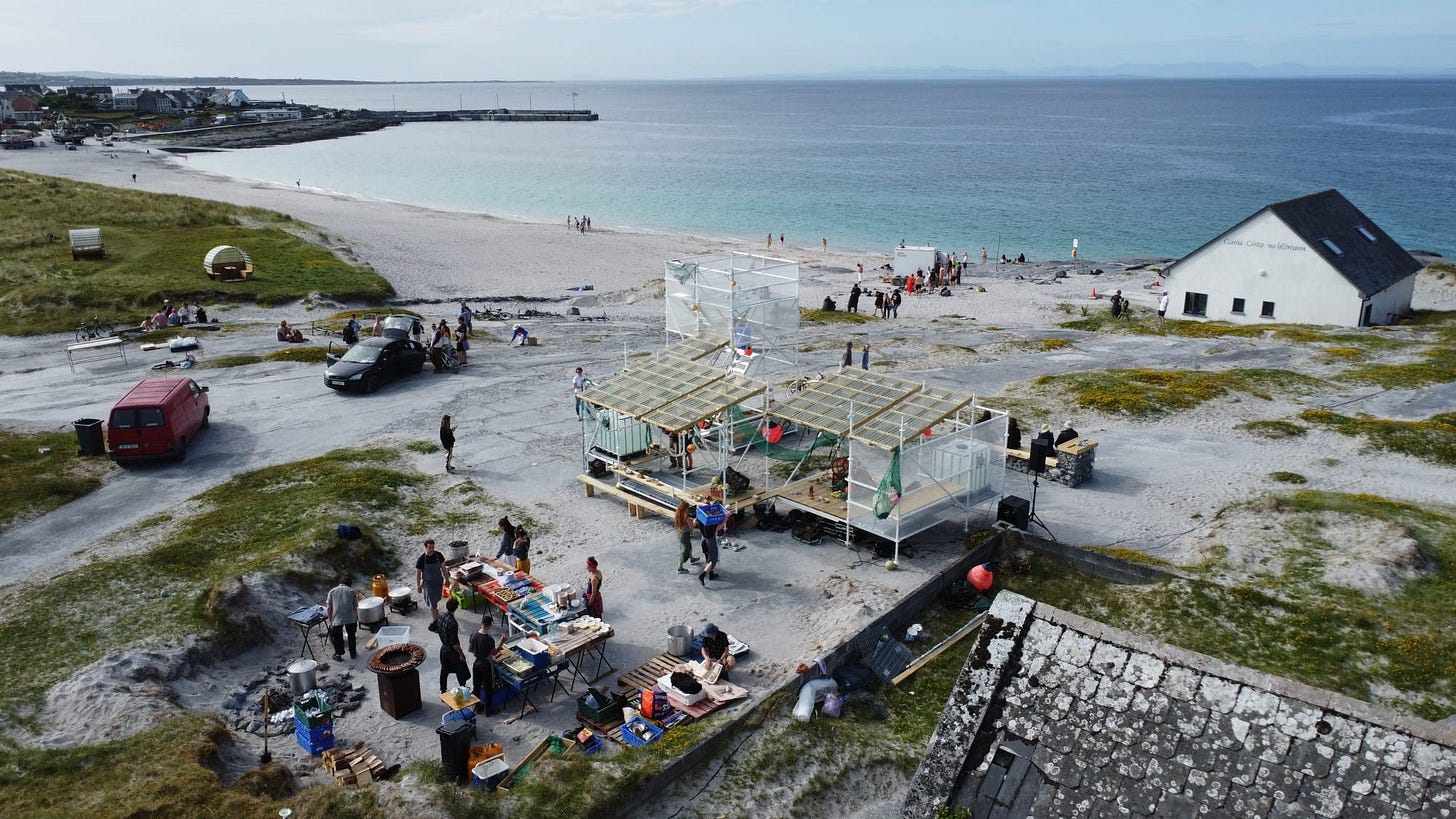
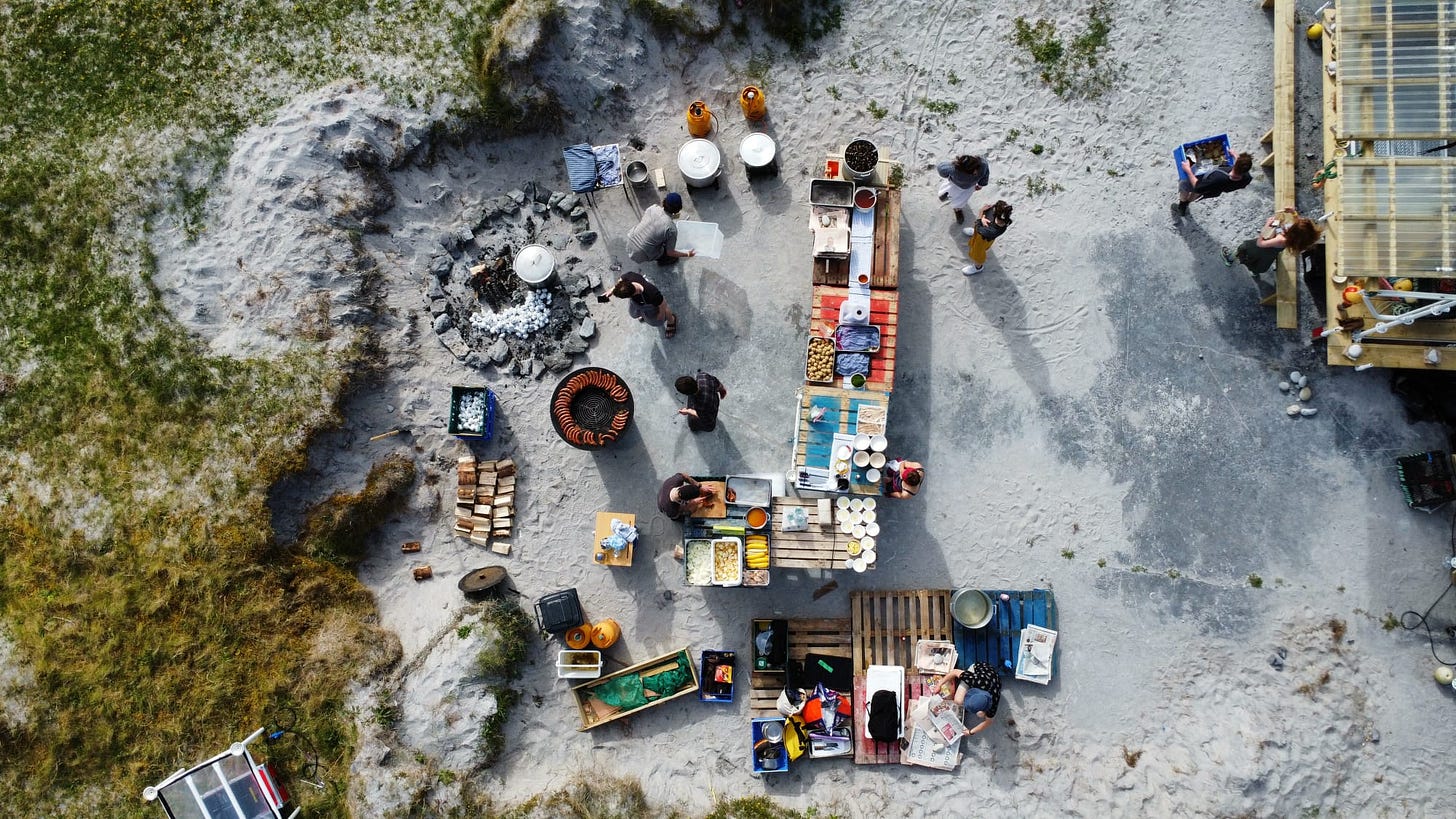
This sounds like a wonderful experience!